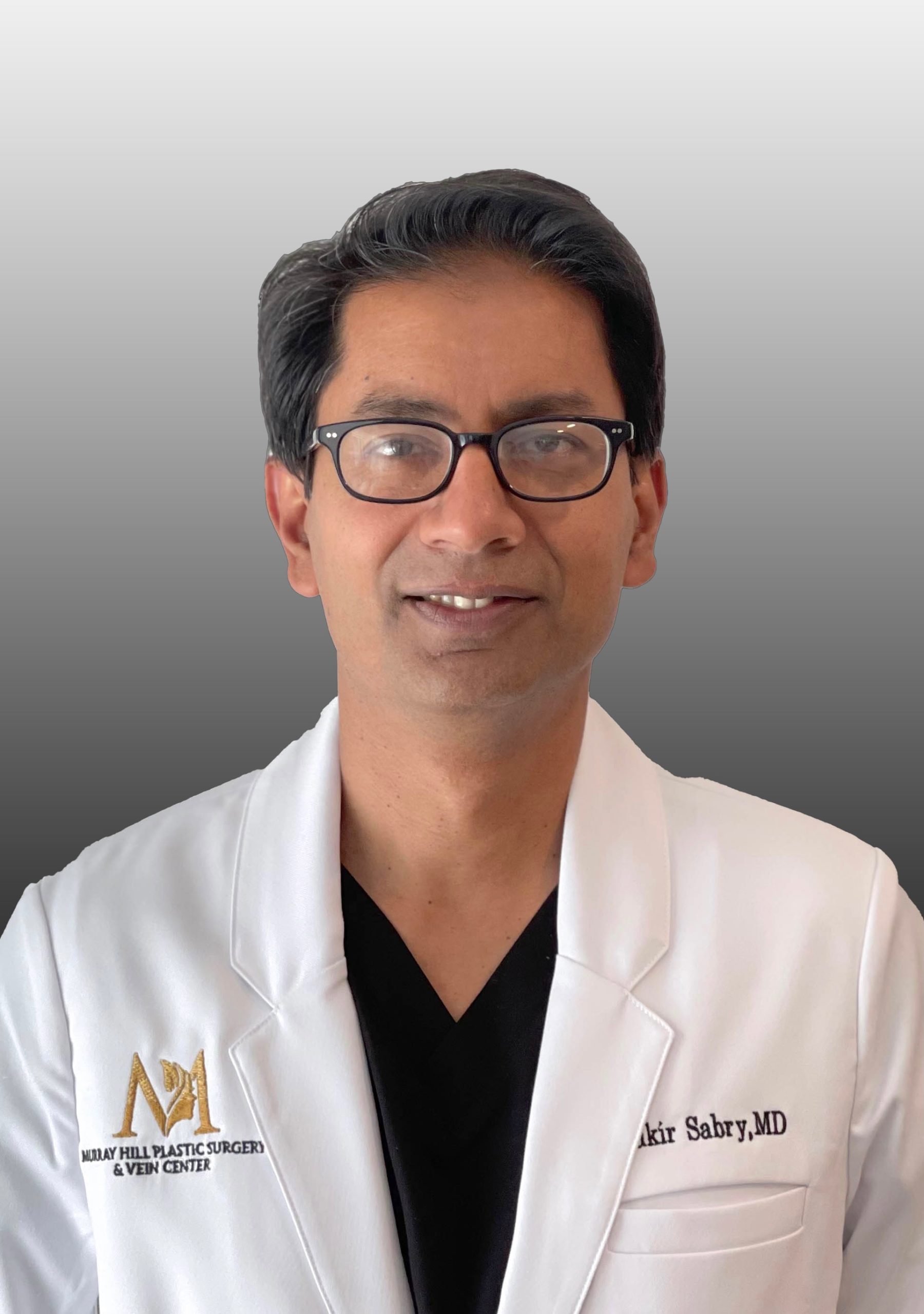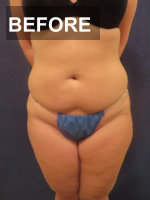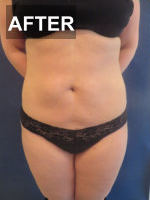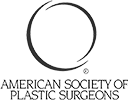Liposuction
 Liposuction, also known as lipoplasty (“fat modeling”), liposculpture, suction lipectomy (“suction-assisted fat removal”) or simply lipo, is a cosmetic surgery that sculpts the body by removing localized fat that does not respond to diet and exercise. It is the most popular cosmetic surgery procedure in the U.S. today.
Liposuction, also known as lipoplasty (“fat modeling”), liposculpture, suction lipectomy (“suction-assisted fat removal”) or simply lipo, is a cosmetic surgery that sculpts the body by removing localized fat that does not respond to diet and exercise. It is the most popular cosmetic surgery procedure in the U.S. today.
Body contouring surgery was revolutionized in 1982 with the advent of liposuction. Naturally, the techniques have been refined over the last decades. The basic concept of removing fat to re-sculpt the body is still a very popular alternative to other body sculpting surgical procedures.
For certain individuals, diet and exercise will never get rid of stubborn pockets of fat. Through liposculpture, patients can rebalance their bodies in a more natural way than opting for a body contouring surgery. A secondary benefit of liposuction is that mild weight changes in the future will not alter your new shape. Most of our patients obtain a lifetime result that thrills them.
Liposuction, performed by Dr. M. Zakir Sabry, is not a treatment for obesity or a substitute for proper diet and exercise. Age is not a major factor. Although older persons or patients with diminished skin elasticity may not have the same results as persons with tighter skin, and may have to consider combination procedures to achieve their desired outcome.
The most common areas treated with liposuction are:
- Abdomen and waist
- Hips and buttocks
- Thighs
- Upper arms
- Back
- Inner knee
- Chest area
- Cheeks, chin and neck
- Calves and ankles
Murray Hill Plastic Surgery & Vein Center Liposuction

Liposuction Consultations
During your liposuction consultation with Dr. M. Zakir Sabry, he will answer questions you may have about the procedure and will discuss any safety concerns related to the surgery.
Preparation


At your consultation, Dr. Sabry will do a complete medical history and physical exam, weigh you and record your weight. Your skin tone, body fat distribution, cellulite, and overall health conditions will be assessed. He will determine if liposuction is the most appropriate treatment or offer you alternatives. He will discuss realistic expectations, and will devise a procedure plan that you both agree on. It is important for you to understand that liposuction is not a treatment for obesity or a substitute for proper diet and exercise. If you are a smoker, you will be asked to quit smoking for 6-8 weeks prior to your procedure.
As you approach the date of your surgery you will have a comprehensive preoperative visit in our office approximately two weeks before your surgery. A complete list of “dos and don’ts” will be reviewed as well as the pre and postoperative instructions and any questions that remain will be answered. You will be directed to avoid anything that has a blood-thinning effect (aspirin, ibuprofen, vitamin E etc.) for two weeks before surgery. You will be asked to minimize alcohol intake. Basic blood work for preoperative testing will be ordered.
Procedure
Dr. Sabry has vast experience with the several different methods of performing liposuction. His preferred method is tumescent liposuction, the super-wet technique. He also uses ultrasound-assisted liposuction (UAL) in appropriate candidates. UAL liquefies fat with ultrasonic energy and allows easy removal. Tumescent and super-wet liposuction use fluid injection, which facilitates fat removal, reduces blood loss, and provides anesthesia during and after surgery. Liposuction can be performed using local or general anesthesia and may last anywhere from one to five hours depending on the amount of fat being removed. In the great majority of patients, any extra skin in the treated areas usually tightens enough so that they are left with an excellent result. If sufficient tightening occurs, patients can avoid the long and permanent scar that would result from an abdominoplasty (“tummy tuck”). If a small amount of laxity remains in the lower abdomen after liposuction, it can be discreetly removed with a much smaller procedure and minimal scarring (similar to a C-Section scar).
Recovery
The incisions where the cannula was inserted may be leaky or drain fluids for several days. In some cases, Dr. Sabry may insert a drainage tube to drain fluid away from the wound.
A compression garments is worn for a minimum of two weeks both day and night, and then only at nights for additional 2 to 4 weeks. Patients are encouraged to walk as soon as they are able and many return to work within a few days. Strenuous activity should be avoided for about a month. Results are visible immediately, though improvement may continue as swelling subsides during the first three months.
When the anesthesia wears off, you may have some pain which can be managed with medication. If the pain is extreme or long-lasting, contact Dr. Sabry immediately. You will also have some redness and swelling after the surgery. In some cases, the swelling will remain for weeks or even months.
Complications
Risks are uncommon and may include surface irregularities, palpable lumps, bleeding, fluid collection, and temporary numbness and pigmentation changes.
Your Liposuction will be performed by M. Zakir Sabry MD's surgery center located in New York, NY.







